Arduino compatible Nano-sized development board powered by ATtiny1616 chip
Designed by Sonocotta in PolandThis seller is taking a break until April 27, 2025. Sign up below to get an email when they're back!
No shipping info available.
Set destination country to see options
Shipping to starts at
Free shipping is available to !
Ships from
This item does not ship to .
More Info
Sign up and we'll send a reminder when the seller returns!
Availability Current stock was quite suddenly sold out. Order for the next batch is already placed, and expected mid-May. If you are interested please consider joining waitlits, this helps a lot to e…
Read More…Current stock was quite suddenly sold out. Order for the next batch is already placed, and expected mid-May. If you are interested please consider joining waitlits, this helps a lot to estimate reasonable batch size for further factory orders.
ATtiny1616 Development Board is a small and handy development board built around new generation of ATiny series. It is pin and size compatible with Arduino Nano board and can be used as it's direct replacement (with certain limitations). It can be programmed using both Arduino IDE and Platformio IDE, as well as vanilla console tools.
I'm a big fan of early ATtiny series chips, I even made my own ATtiny Flasher tool for productive development and few educational kits based on ubiquitous ATtiny85. Time has come to extend my horizons and look into the modern line of ATtiny chips, specifically so called 1-series and 2-series line of MCUs.
No need to mention that they went far ahead old series, and having resources comparable with old ATmega series. This gave me an idea to make Arduino Nano pin compatible development board, so I can start using it the projects, where I'd normally pick Arduino Nano. In my practice the best way to get familiar with new hardware is to start using it in the actual projects.
ATiny1616 is a mid-range chip in new ATtiny 1-Series line. Generally they offer considerably more than older Tiny-series chip, and comparable with classic ATmega AVRs, offering at the same time new MCU features, not available in older series.
| ATTINY88 | ATTINY1616 | ATmega168P | ATmega328P | |
|---|---|---|---|---|
| Max Frequency | 20 Mhz | 16Mhz | 16Mhz | |
| Flash | 8KB | 16KB | 16KB | 32KB |
| SRAM | 512B | 2KB | 1KB | 2KB |
| EEPROM | 64B | 128B | 512B | 1024B |
| GPIO count | 28 | 18 | 23 | 23 |
| UART | No | Yes | Yes | Yes |
| I2C | Yes | Yes | Yes | Yes |
| SPI | Yes | Yes | Yes | Yes |
| Timers | 2 | 4 | 3 | 3 |
| PWM channels | 2 | 4 | 6 | 6 |
| ADC pins | 8 | 12 | 8 | 8 |
Spence Konde created and maintains Arduino Core. This is a great place to start to get to know new chips better, and understand what is supported and what isn't.
Another great writeup by the same author on the flashing routines for the new chips. Short summary below
Method (c) is disqualified on 1-Series chip because of RESET/UPDI pin collision, and both (a) and (b) work equally well. Difference being what is easier for you: (a) dedicate Arduino Nano board for programming or (b) do solder job on your USB-serial adapter (upd: no longer required).
| Method | Connection |
|---|---|
| jtag2updi |  |
| SerialUPDI(recommended) |  |
Starting from revision B diode between TX and RX pins are included on the board, so you can use unmodified USB-Serial adapter.
| Method | Connection |
|---|---|
| jtag2updi |  |
| SerialUPDI(recommended) |  |
Working on one of the projects, it came to me, hey, there is already USB-Serial adapter on the board, serving Serial communication. Why not to use it for flashing. So revision C came, no programmer needed, plug-n-play. Drawback is that you lose Serial communication via built-in USB.

 ATTINY1616 MCU
ATTINY1616 MCU  CH340E USB-Serial Adapter connected to Hardware Serial
CH340E USB-Serial Adapter connected to Hardware Serial WS2812B RGB LED
WS2812B RGB LED UPDI Programming and Debug header
UPDI Programming and Debug header Hardware Push button
Hardware Push button VIN disconnect - cut this line to disconnect LDO chip and power-on LED, recommended for low-power applications
VIN disconnect - cut this line to disconnect LDO chip and power-on LED, recommended for low-power applications RES disconnect - short this line to enable auto-RESET functionality with Optiboot bootloader (read below)
RES disconnect - short this line to enable auto-RESET functionality with Optiboot bootloader (read below)As explained in many details by Spence, 1-Series chips cannot provide Arduino-like one-click-upload with Optiboot behavior without some sacrifice. Reason for that is pin collision: UPDI and RESET are the same pin, so you need to decide which you'd prefer. If you use auto-reset, you lose UPDI, specifically possibility to change fuses easily (this is important in my opinion). If you use UPDI you need 2 connections to your MCU - one via programming interface, another one for Serial communication.
Personally I prefer to keep UPDI and use direct programming without custom bootloader, having extra wire is minor inconvenience for me, but losing fuses permanently is not an option.
No country selected, please select your country to see shipping options.
No rates are available for shipping to .
Enter your email address if you'd like to be notified when ATtiny1616 Development Board can be shipped to you:
Thanks! We'll let you know when the seller adds shipping rates for your country.
| Shipping Rate | Tracked | Ships From | First Item | Additional Items |
|---|---|---|---|---|
|
:
|
Most of the packages are sent the next business day in the morning CET time. Delivery time varies wildly, but typically it is 1-2 weeks within EU and 3-4 weeks outside EU due to delays in customs. If the package does not show up after 8 weeks, please reach out for a replacement or refund.
| Quantity | Price |
|---|---|
| 1-3 | $6.00 |
| 4+ | $5.00 |
Product: (5.00)
Documentation: (5.00)
Shipping: (4.00)
Communication: (4.00)
Hugo | Sept. 27, 2024
No shipping info available.
Set destination country to see options
Shipping to starts at
Free shipping is available to !
Ships from
This item does not ship to .
More Info
Sign up and we'll send a reminder when the seller returns!

$21.00
Free Shipping!

$21.00
Free Shipping!

$16.00
Free Shipping!

$69.00
Free Shipping!

$24.00
Free Shipping!
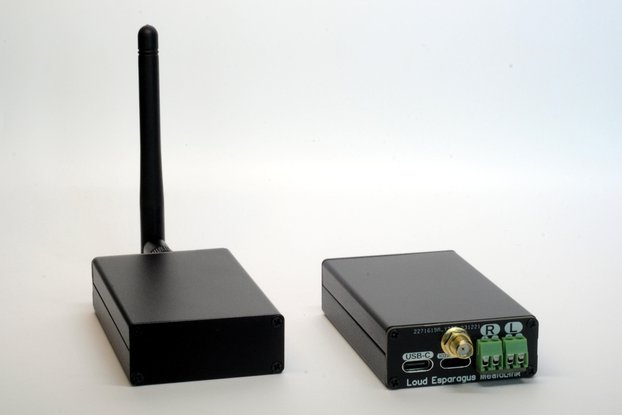
$45.00
Free Shipping!

$21.00
Free Shipping!
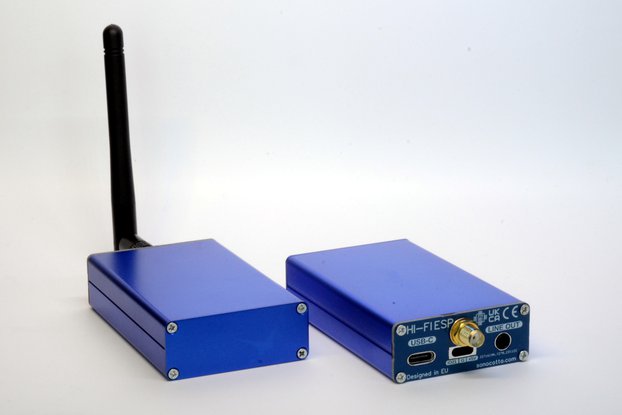
$45.00
Free Shipping!
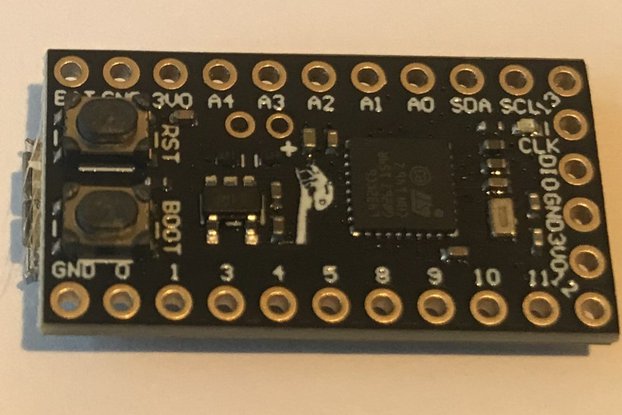
$17.95
Free Shipping!
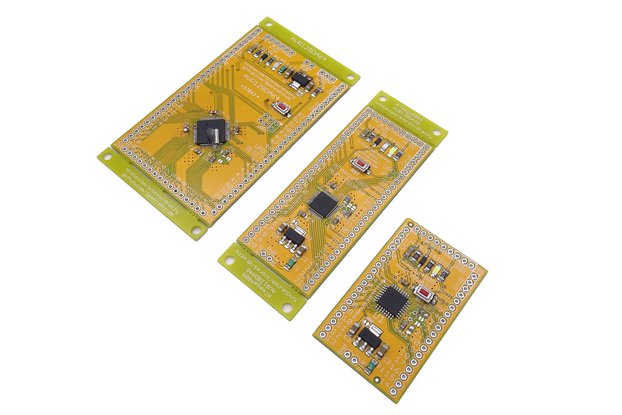
$15.00
Free Shipping!
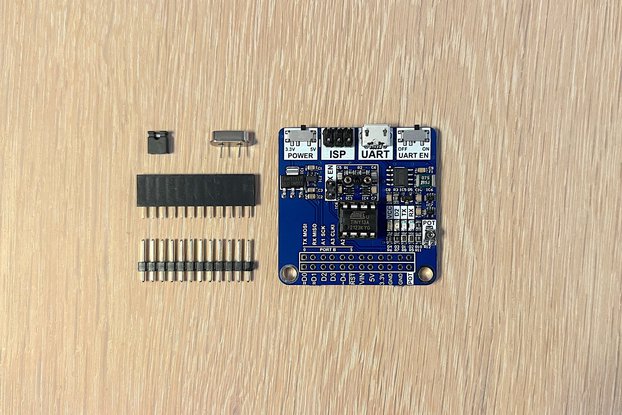
$25.00
Free Shipping!

$17.95
Free Shipping!
By clicking Register, you confirm that you accept our Terms & Conditions
We recognize our top users by making them a Tindarian. Tindarians have access to secret & unreleased features.
We look for the most active & best members of the Tindie community, and invite them to join. There isn't a selection process or form to fill out. The only way to become a Tindarian is by being a nice & active member of the Tindie community!
